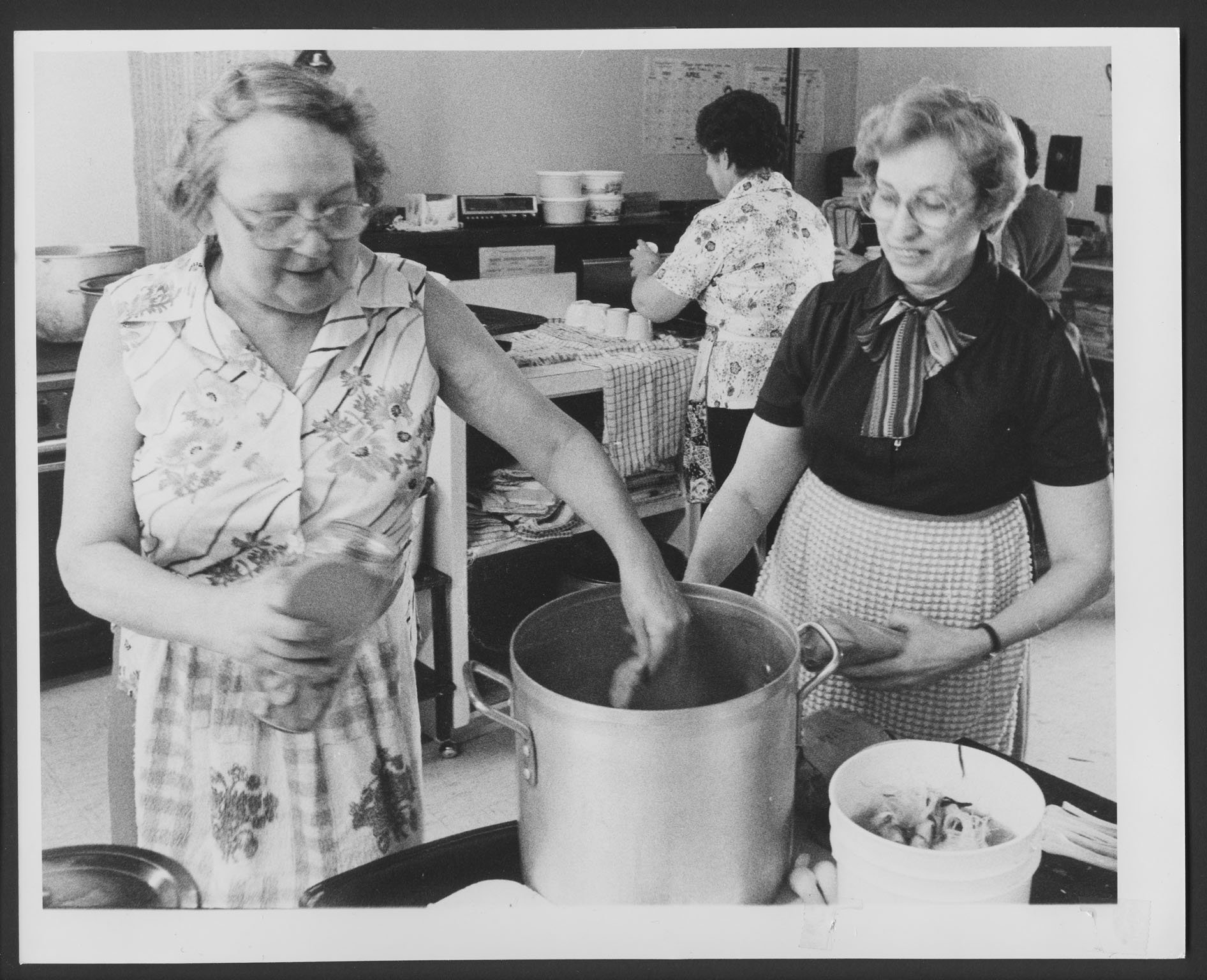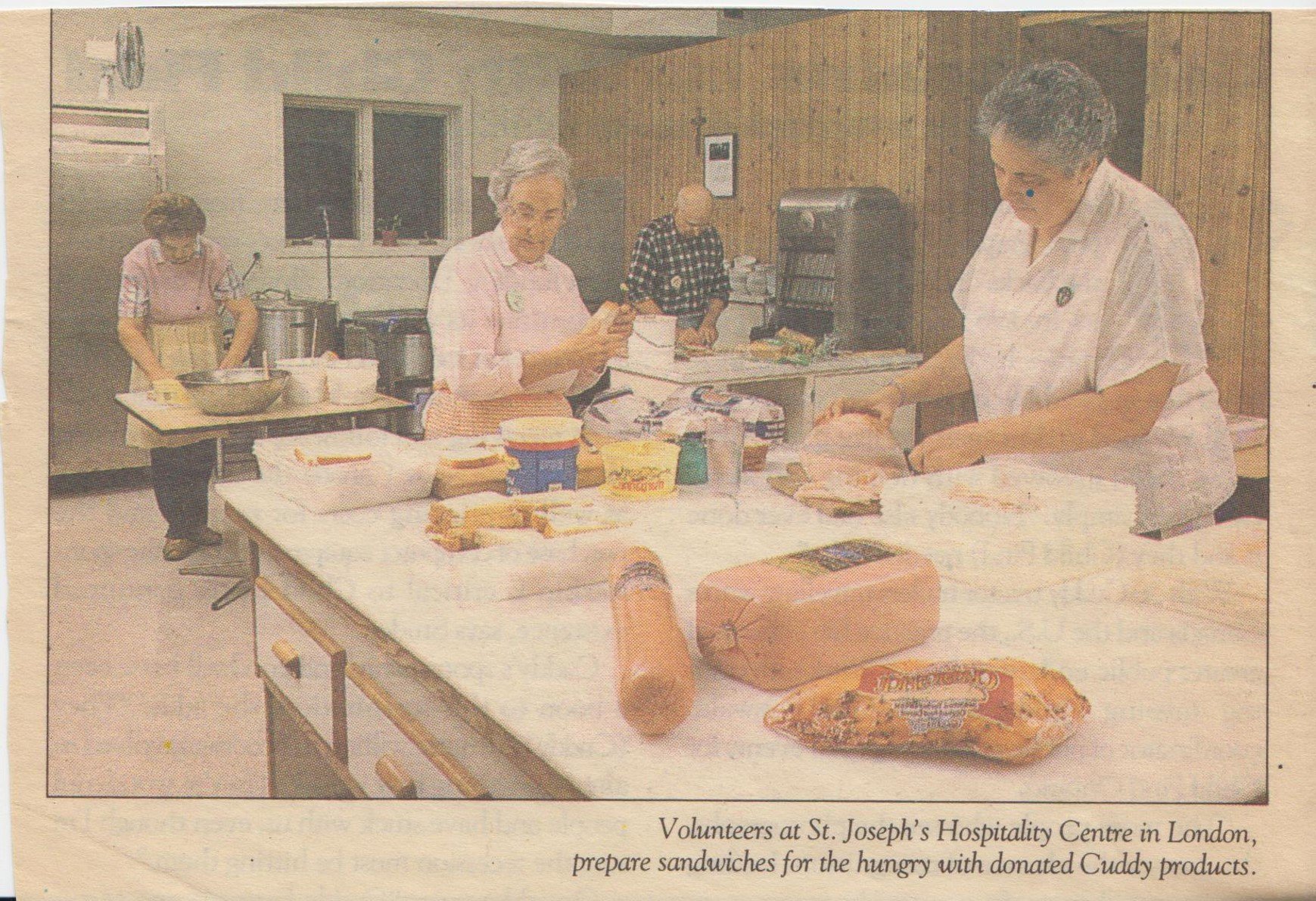Housing is needed….
Sister Joan, pictured centre, in London Ontario with members of local non-profit housing advocates.
The Vision SoHo Alliance is responding to the Mayor’s call to build 3000+ units of affordable housing.
Six not-for-profit housing developers turned the sod on Friday, Oct. 14 in response to the Mayor’s call and to the desperate need for housing for many of our citizens. The housing crisis in the city is on everyone’s mind as the fall turns cold, and snow will soon follow.
What is unique about this effort is the collaborative work done by six non-profits to develop a piece of land that has both historical significance in London (former site of the War Memorial Children’s Hospital and the first Medical School) and its central location in London. When completed it will provide approximately 680 units of mixed housing. This is London’s biggest affordable housing project that the city has undertaken and has the potential to build a community where so many are needed to make it happen.
We thank the media for the good overage we received for this ground-breaking ceremony and share the links to their coverage here:
Everything you need to know about SoHo affordable housing mega-plan - London Free Press
SoHo affordable housing project on old Victoria Hospital land to get underway in the spring - CBC News
SoHo development ready to move to the building phase - CTV News
Vision SoHo Alliance breaks ground on London, Ont. housing project - GLOBAL NEWS
We will post photos over time - following this transformation of land into homes. We invite you to follow us!
Sister Joan Atkinson, Chairperson of the London Affordable Housing Foundation.






















